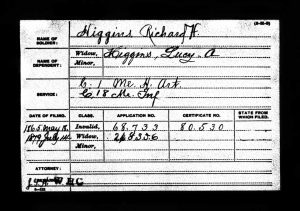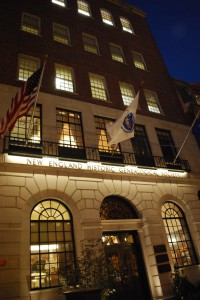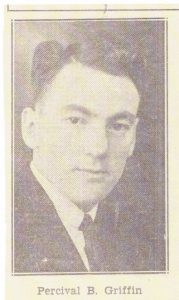
As Gary Boyd Roberts announced yesterday, Meghan Markle has a distant kinship to Prince Harry through their shared descent from Sir Philip Wentworth (died 1464) and his wife Mary Clifford. While Gary continues to work on much of Meghan’s American ancestry, especially her forebears in colonial New England, I’ve composed the chart at left from his notes. This outlines the three closest kinships between Meghan and Harry that have so far been identified – two through Harry’s mother and one through his father. As Gary has noted, there are hundreds of other ways they would be distantly related.
I’ve also been working on Meghan Markle’s American ancestors, so stay tuned! Continue reading The Wentworth connection








